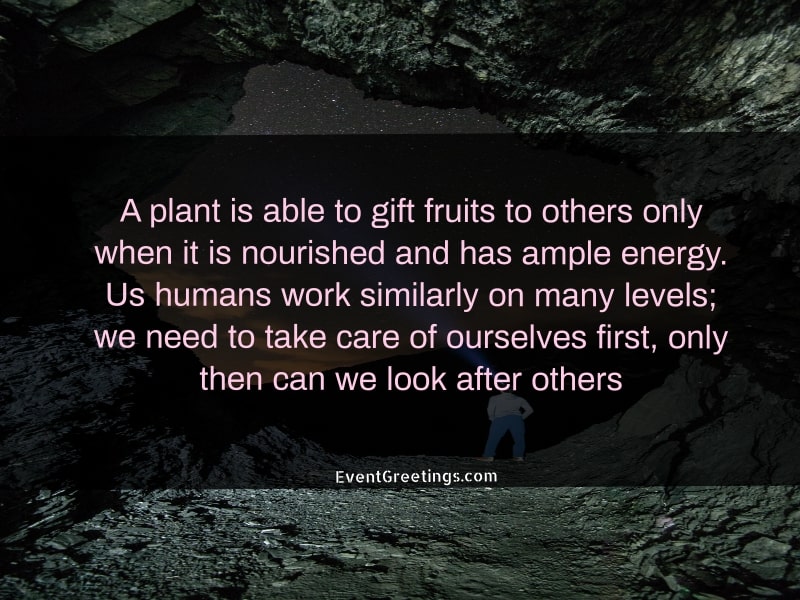
The Occupational Safety and Health Administration mandates that employers invest in training programs and have them offered in the employee's native language. Employees can be safer and more productive by receiving this training. This training can improve communication skills and safety at work. These benefits are great for both employers and employees. For more information, see our guide to professional growth.
Invest in professional development
Investments in professional training are a good way to attract the best people to your company. Research shows that 61% of employees would quit a job to pursue career advancement opportunities. Your employees will feel valued and appreciated if they are investing in their professional growth.
You can keep your company competitive by investing in employee growth. You can build a reputation for being a trustworthy employer and help attract more clients by investing in your employees' professional growth. The company that gives its employees the training and resources they need to cope with disruptions is more likely to succeed. It's crucial to consider the future skill levels of your employees when making a decision about whether or not you want to invest in employee education.

Engaged employees who take part in professional learning are more likely be committed and engaged to the work environment. This leads to increased productivity. This will also result in better retention.
Professional development has many benefits
Professional development programs are a great way to help your company grow and develop your employees' knowledge and skills. Employees benefit from professional development programs that help them increase their knowledge, improve their skills and get access to new technologies. These programs also help improve company performance by enabling employers and employees to communicate their goals, objectives, and priorities.
Talent is in high demand today in the competitive job market. To attract the best talent, employers are working hard to personalize job offers and invest in their employees' careers. Professional development opportunities are a powerful way to show your team how much you value them when it comes to recruiting new talent. In fact, a recent survey from LinkedIn found that 94% of respondents said they would stay with a company that invested in their career development.
In addition to helping you attract new talent, professional development can also help you increase your staff expertise. For example, training new employees in the latest technologies and industry certifications will make employees more likely to stay with your company. This type of training shows employees that your company is skilled in their particular field. This training can help you avoid legal problems associated with hiring employees lacking the right qualifications.

Promoting professional development
If your employer is looking to encourage professional growth, there are a few key strategies you can implement. Promote your company's values, and encourage employees to join professional associations. A variety of training opportunities can be offered outside the office, in addition to your efforts. These training opportunities could include public speaking or coding languages. These programs allow employees to learn a range of skills and build a professional network.
Another option is to offer employees a mentoring program. This program allows experienced employees to partner up with new employees in order to provide guidance and support. Mentors can also encourage their mentees explore new departments and learn new skills. Mentors can participate in workplace training sessions and have follow-up discussions.
FAQ
What is the difference between life coach or therapist?
A life coach helps you find ways to live a better life. You will learn how to manage your emotions to improve your relationships. This is not a goal to make people feel better. The goal is to also teach them how to do this.
A therapist is trained to assist people who are struggling with emotional issues like depression, anxiety, and even trauma. These problems can be addressed by therapists who are trained to help clients.
Life coaches are trained to work with people, but they do not have any formal training in the treatment of mental health conditions. Life coaches often have some experience working alongside people who struggle with anxiety, depression, and other mental disorders.
What should you be focusing on in your life coaching?
The ability and willingness to assist others in developing their skills and strengths to accomplish their goals.
Learn how they think and what motivates them. Also, learn where they are going wrong. To help them find solutions for the problems that they are facing.
To give them confidence and self-belief to take control of their lives.
To help them learn from mistakes to move forward into the future.
Teach them how to be happier, healthier, more fulfilled, and more successful.
To enable them to improve their communication skills.
To help them build strong relationships.
To show them how time can be managed effectively.
To help them understand how they can motivate themselves and others.
To teach them to lead by example.
How long does it take to start seeing results?
Although you might not see immediate results after therapy begins, you will notice improvements in a few weeks. Changes will be more noticeable the quicker you keep at it.
You may find yourself experiencing less stress, feeling more confident, and enjoying greater peace of mind. These are just a few examples of how your life can improve once you change your thinking and behavior.
Statistics
- 80 percent of respondents said self-confidence improved, 73 percent said relationships improved, 72 percent had better communication skills, and 67 percent said they balanced work and life better. (leaders.com)
- According to relationship researcher John Gottman, happy couples have a ratio of 5 positive interactions or feelings for every 1 negative interaction or feeling. (amherst.edu)
- Needing to be 100% positive and committed for every client regardless of what is happening in your own personal life (careerexplorer.com)
- This also doesn't mean that the give-and-take in a relationship is always 100% equal. (verywellmind.com)
- People with healthy relationships have better health outcomes, are more likely to engage in healthy behaviors, and have a decreased mortality risk.1 (verywellmind.com)
External Links
How To
What is a life coach, and how do they help?
Life coaches help people improve their lives with advice on personal growth, career guidance and relationship counseling. They also offer business coaching, financial planning and health & wellbeing.
Life coaches provide support and assistance to individuals looking for positive changes in their lives. They might also be able to help people who struggle with depression, anxiety or addiction, grief, trauma and loss.
Life coaches use various techniques to guide clients toward achieving their goals. Motivational interviewing is a popular method that helps clients set goals, achieve their goals, use self-reflection, assertiveness and cognitive behavioral therapy.
The practice of life coaching emerged as an alternative to traditional psychotherapy. While they may charge less than therapists for similar services, coaches are often cheaper than those who provide therapy. Life coaches may specialize in certain areas, such as parenting or love relationships. Some coaches specialize in working only with adults, while others focus on helping children or teenagers. Other coaches might be skilled in areas like education, nutrition, and fitness.
Life coaching has many benefits:
-
To help people reach their goals
-
Relationship improvement
-
Dealing with Problems
-
Overcoming challenges
-
Improving mental wellbeing
-
Acquiring new skills
-
Confidence building
-
Motivation increases
-
Building resilience
-
Finding meaning in life
-
Lifestyle choices that promote a healthy lifestyle
-
Reducing stress
-
Manage your emotions
-
Recognizing your strengths
-
Enhancing creativity
-
Work through changes
-
Coping with adversity
-
How to solve conflicts
-
Creating peace of mind
-
Improve your finances
-
Boosting productivity
-
Fostering happiness
-
Balance in your life
-
Navigating transitions
-
Stabilizing community bonds
-
Being resilient
-
Healing from losses
-
Finding fulfillment
-
Optimizing opportunities
-
Living well
-
To be a leader
-
Success is possible
-
Academic success or work success
-
How to get in college or graduate school
-
Moving forward after divorce